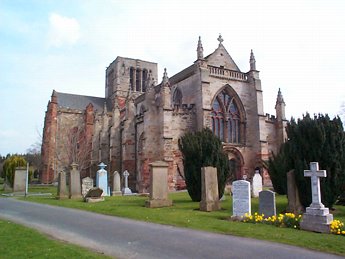 The
eighth surviving son of Charles Maitland, 6th Earl of Lauderdale, and
Lady Elizabeth Ogilvy, John Maitland had a varied career. He was
commissioned Captain of Marines in 1757, and served in the Seven
Years' War, losing his right arm in action. With peace in 1763, he
went on half-pay, but returned to the 'active' list in 1770, and was
promoted Major (commissions in the Marines, as part of the Navy, were
not purchased) in 1775.
The
eighth surviving son of Charles Maitland, 6th Earl of Lauderdale, and
Lady Elizabeth Ogilvy, John Maitland had a varied career. He was
commissioned Captain of Marines in 1757, and served in the Seven
Years' War, losing his right arm in action. With peace in 1763, he
went on half-pay, but returned to the 'active' list in 1770, and was
promoted Major (commissions in the Marines, as part of the Navy, were
not purchased) in 1775.

